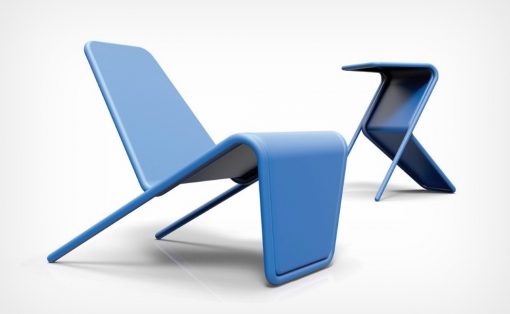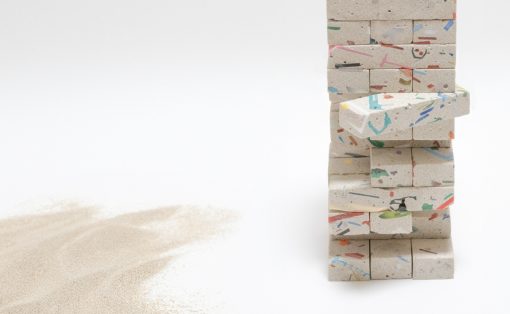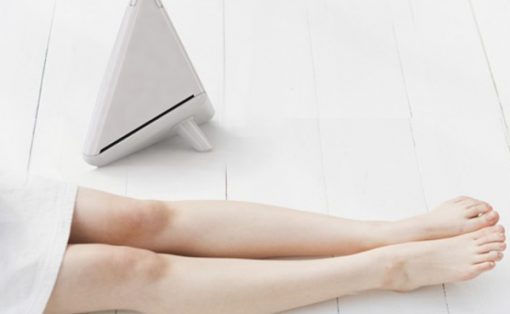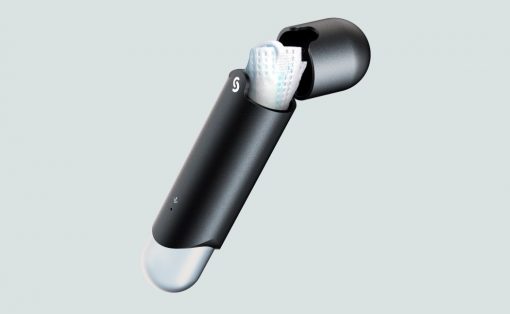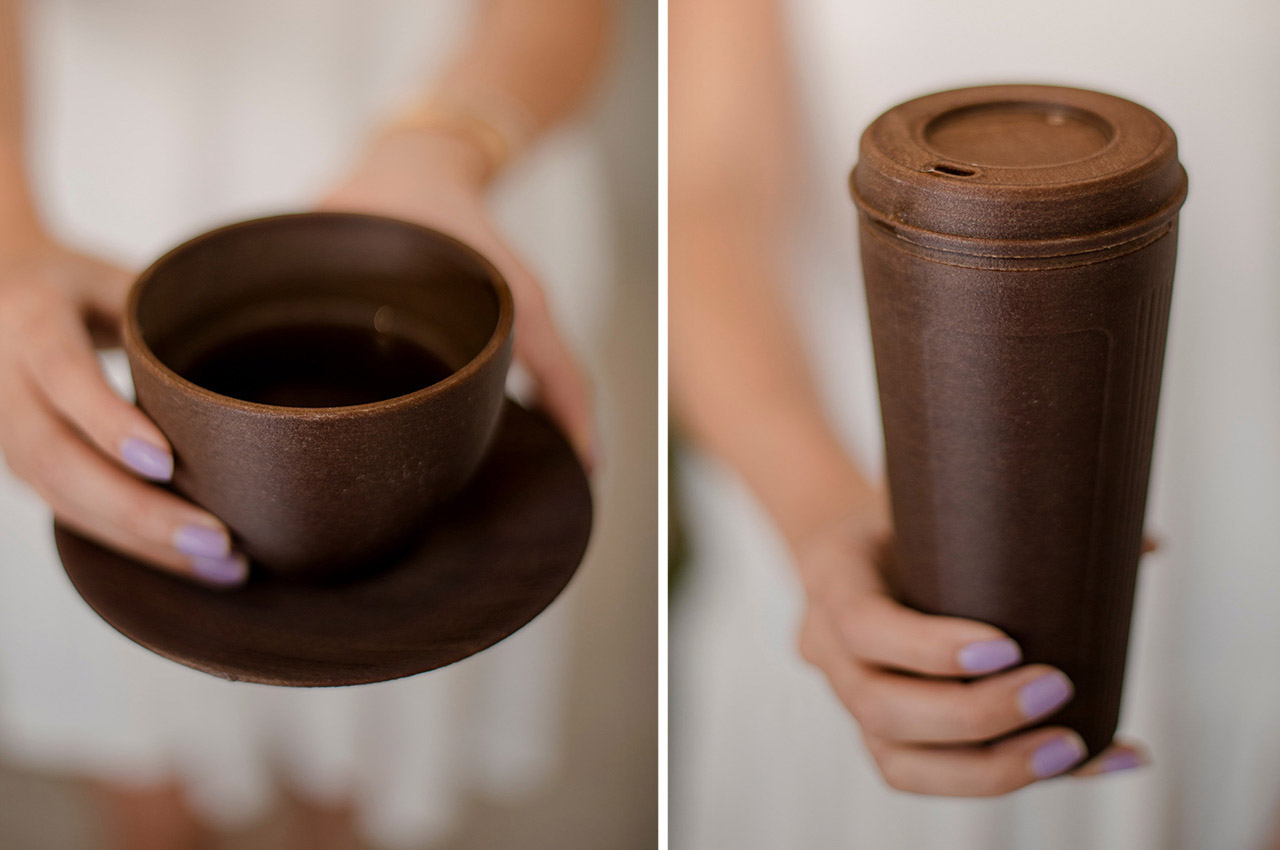
Our unhealthy practices and way of living are truly harmful to the environment and have been slowly leading to its deterioration. And the world has been changing (for the worse) because of this. Hence, it is extremely important to live sustainably and consciously and to take care of the environment. Integrating sustainability into our day-to-day lives has become crucial. And we can do this in various ways. Designers and creators are coming up with sustainable alternatives for almost everything. Every product that is necessary and utilized by us in our everyday routine has an eco-friendly alternative to it. Replacing our usual mass-produced designs with these greener options will make a huge difference to the environment and Mother Earth. From a sustainable and modular coffee machine to a bicycle seat made from cork– we’ve curated a whole collection of sustainable product designs to help you go green!
1. The Kreis Cup
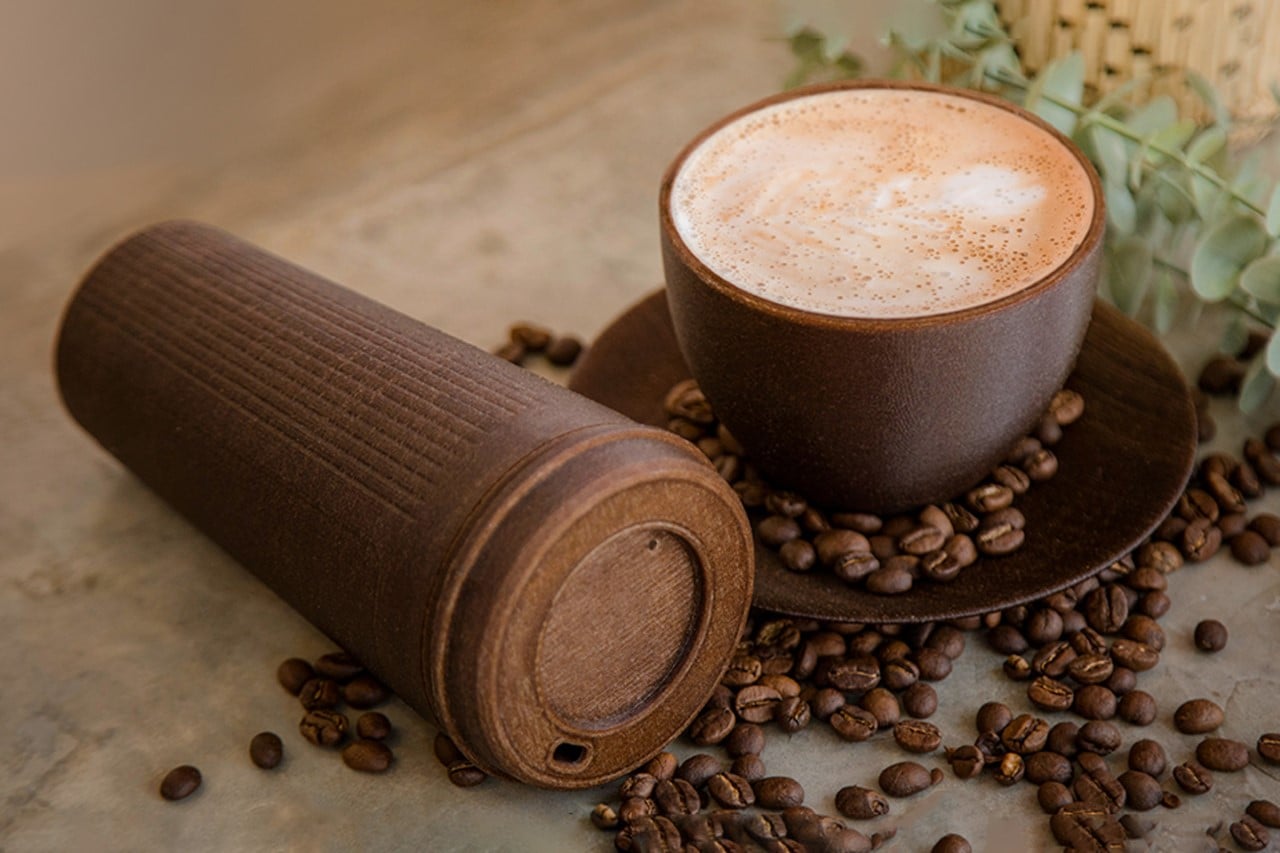
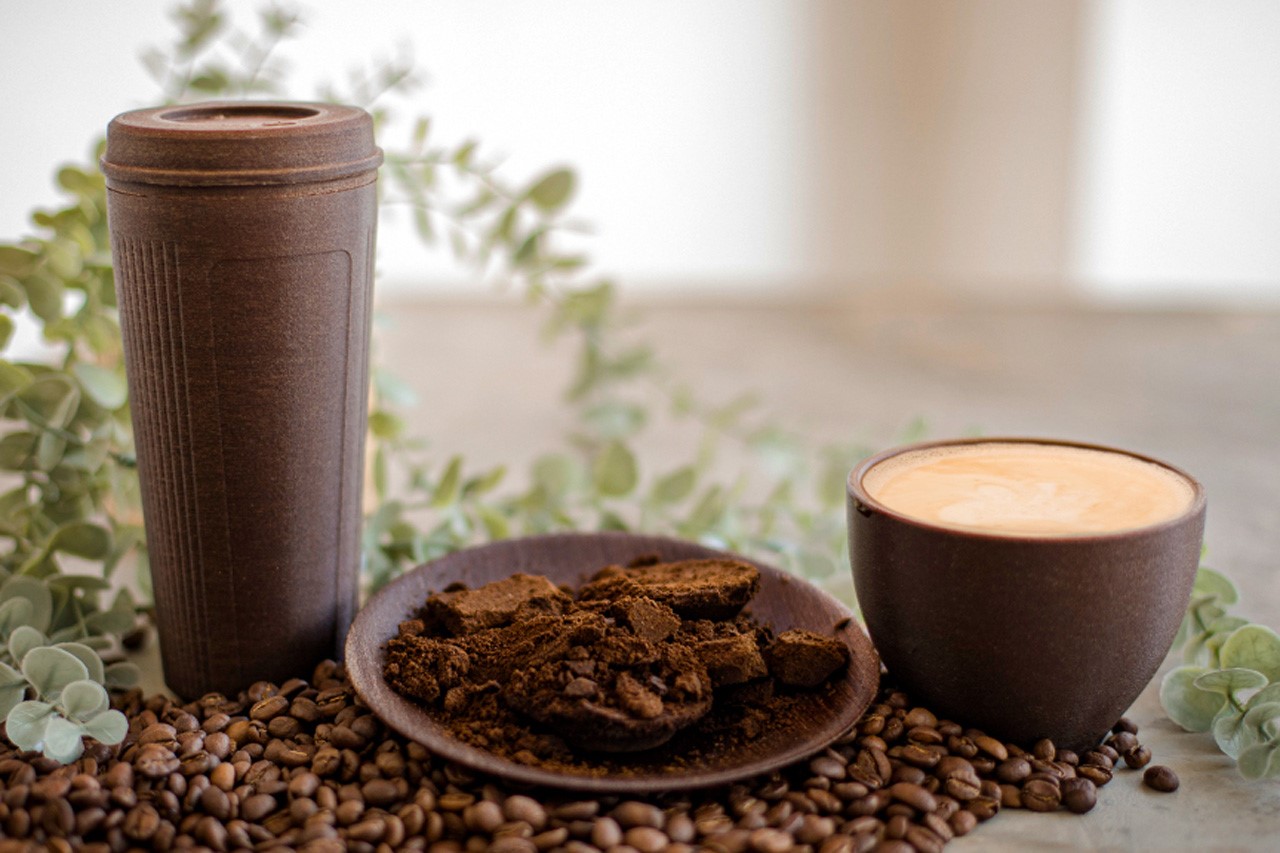
Meet the Kreis Cup, a coffee cup that’s sustainable, durable, and designed to enhance your coffee-drinking experience! Available in a cup and travel-mug styles, the Kreis Cup is a reusable cup made from used coffee grounds and plant-based materials, free of petroleum-based plastics.
Why is it noteworthy?
It is heat resistant and designed to keep your coffee hot longer. That being said, the Kreis Cup is still ultimately biodegradable, unlike the plastic-based to-go mugs you get at your local cafe or the breakable ceramic mugs you use at home. Once it reaches the end of its lifespan, the Kreis Cup disintegrates easily into the soil, leaving absolutely nothing behind.
What we like
- Made from spent coffee grounds that have been dried, treated, and then suspended in a natural, plant-based polymer
- Has the faint, unmistakable scent of coffee
What we dislike
- No complaints!
2. Kara
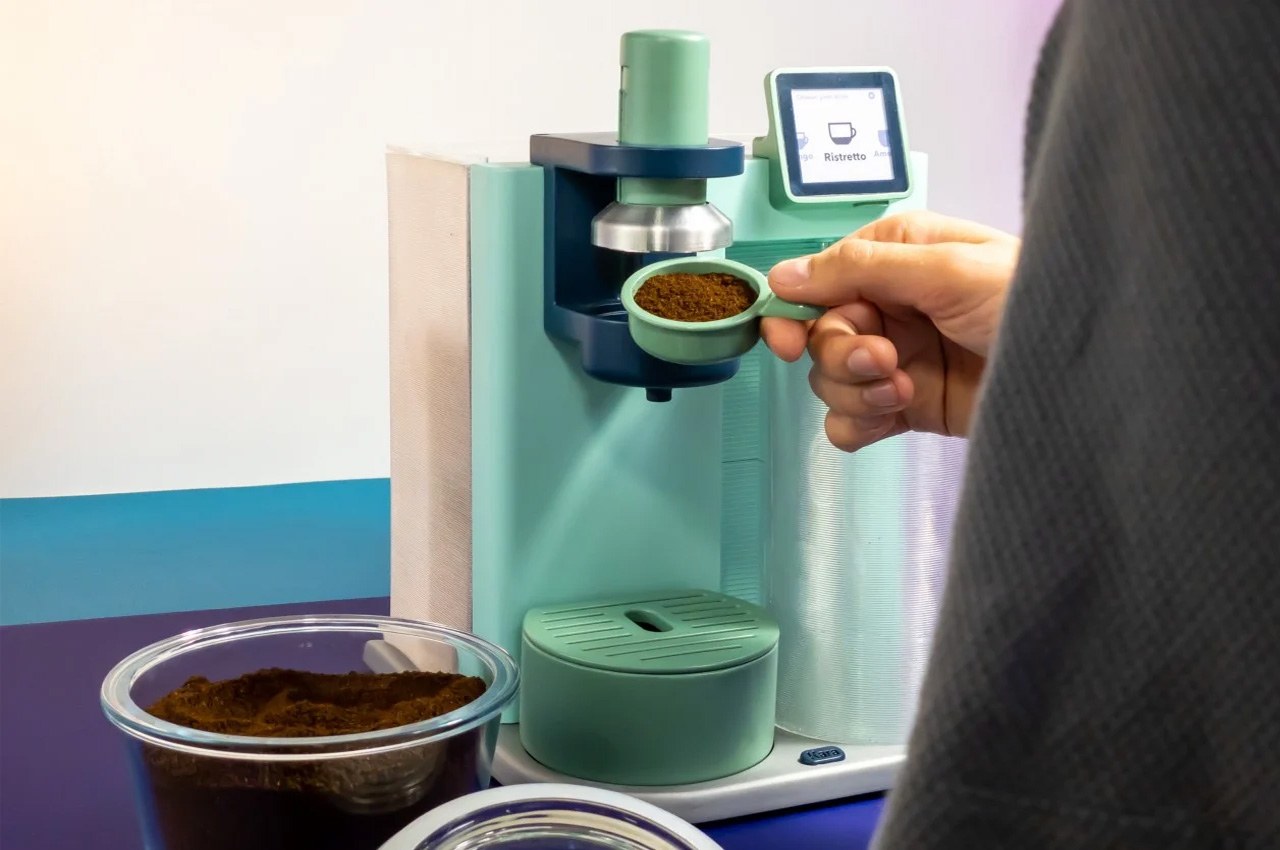
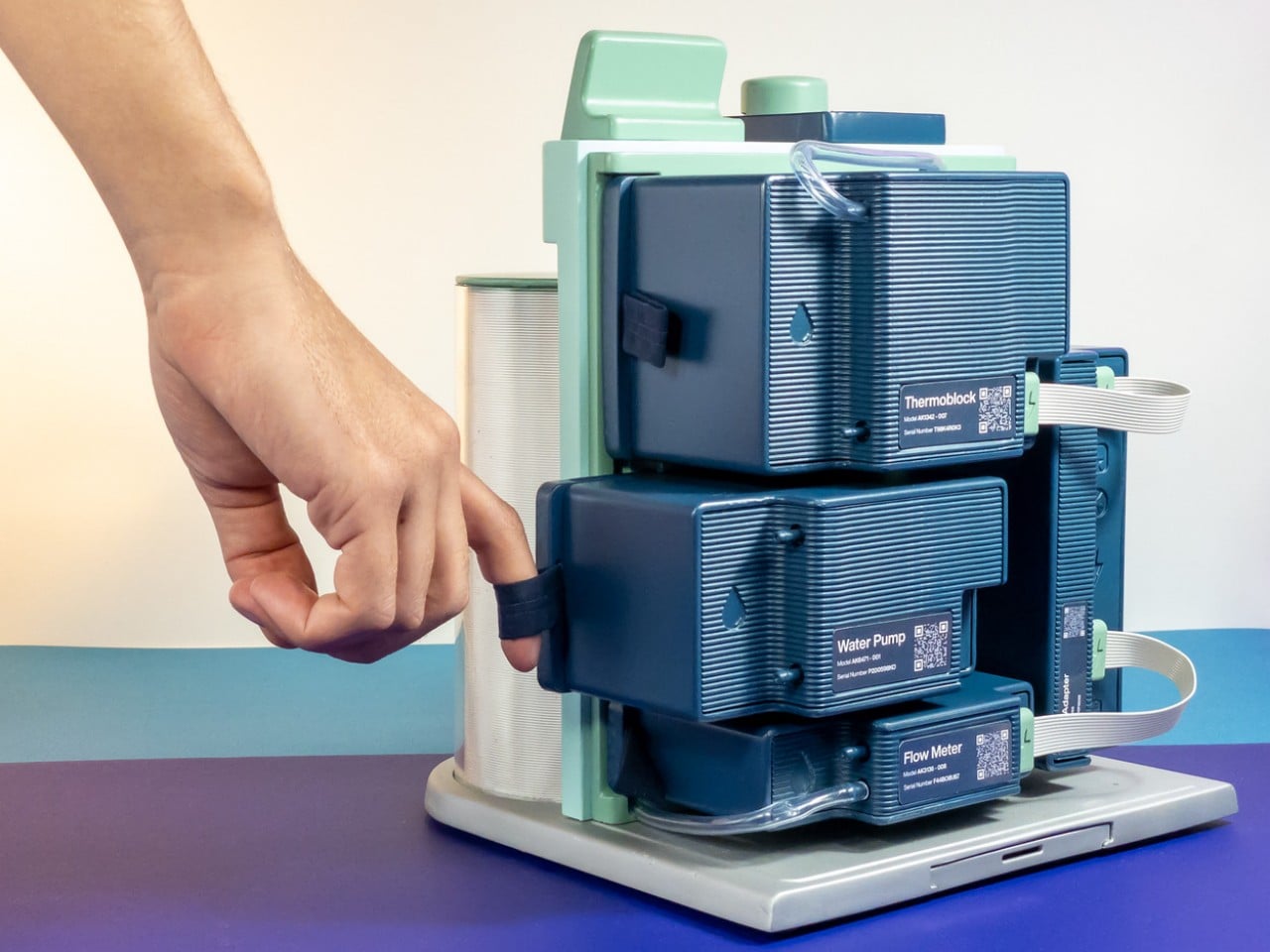
Coffee machines might not be the most common consumer electronics in homes, but their widespread use and the way they operate make them ideal for a thought experiment. Kara is the result of one such process, resulting in a modular coffee machine that’s meant to last forever, even when the manufacturer has stopped producing replacement parts.
Why is it noteworthy?
The secret is that these parts can be 3D printed if access to the original is no longer possible. The more technical components can be replaced or substituted with other electronics, presuming those are still in production.
What we like
- Unlike most designs that promote repairability, Kara doesn’t require advanced knowledge or skills to make that possible
- Sustainable design
What we dislike
- No complaints!
3. Zens
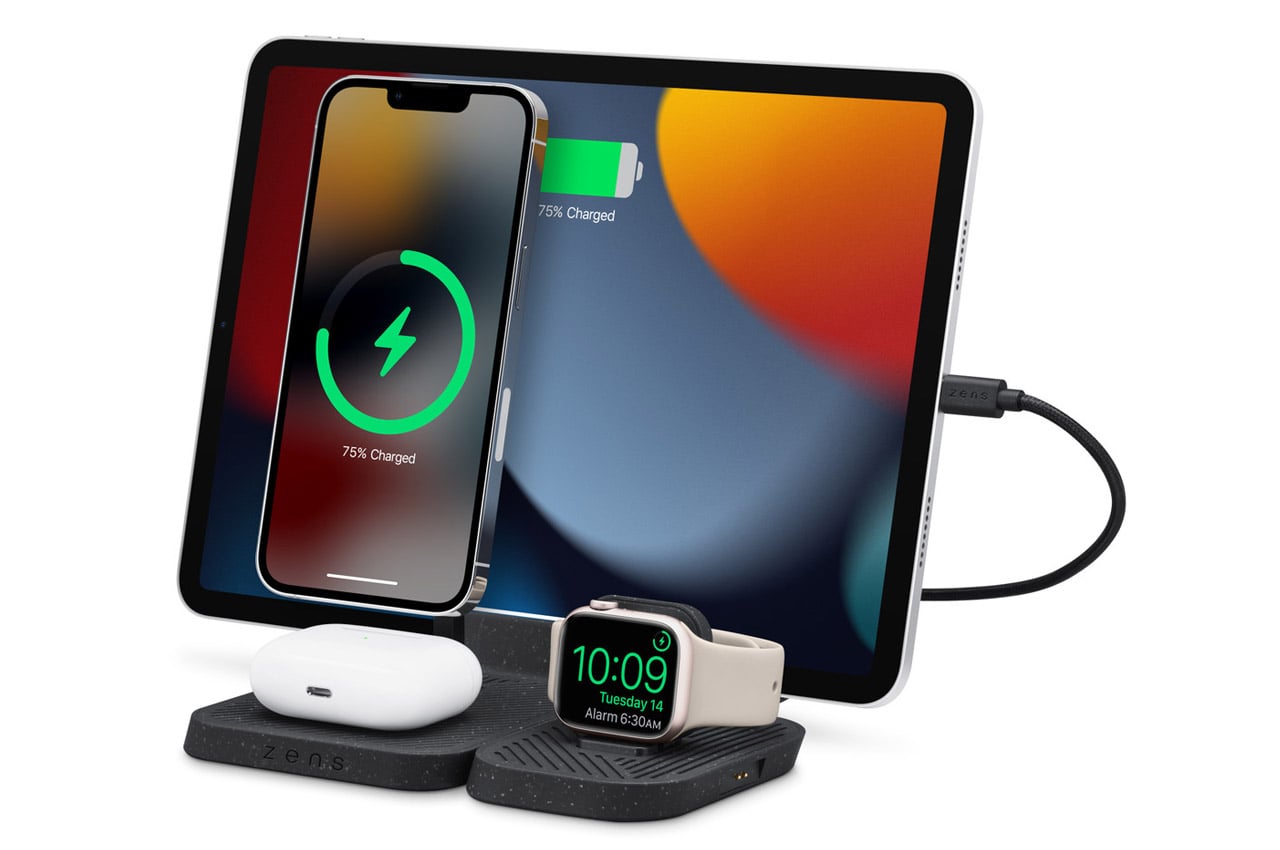
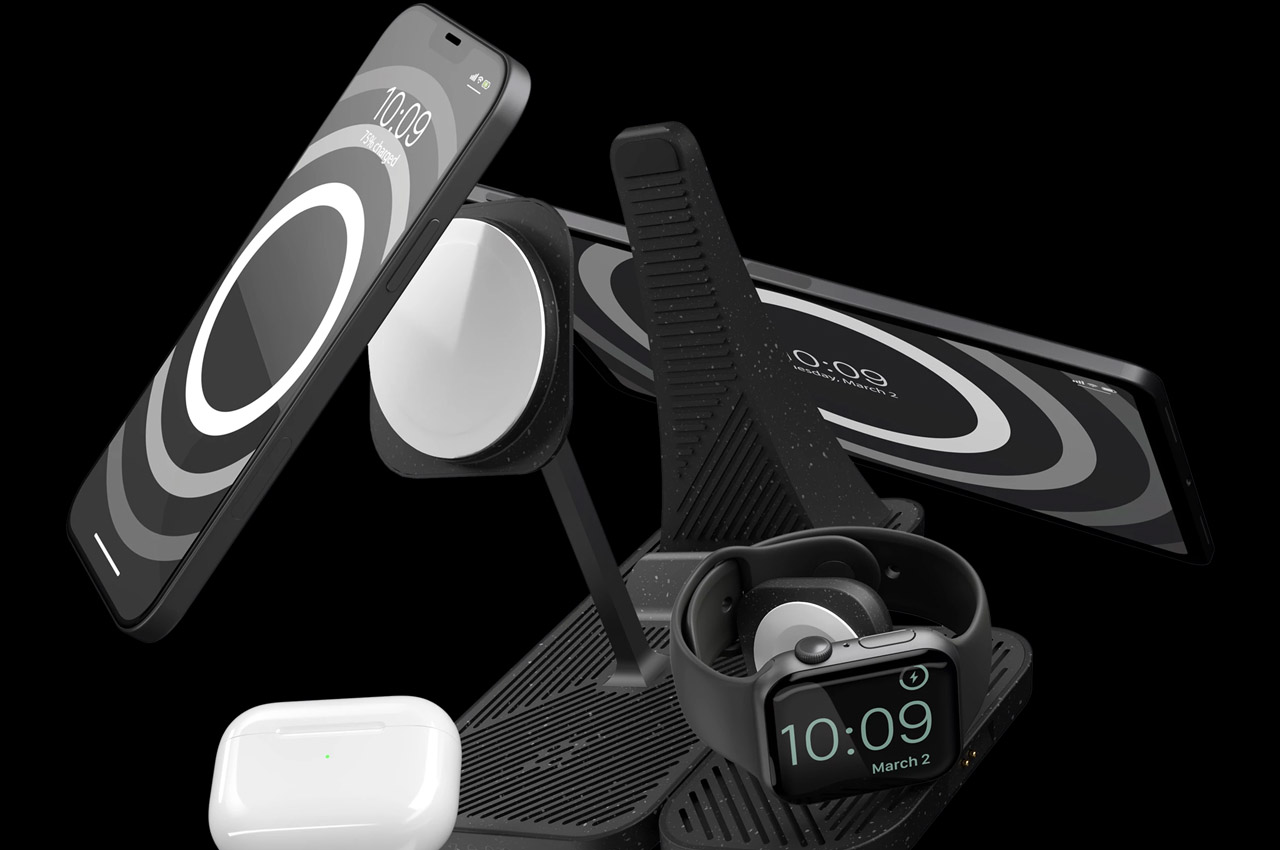
As a step up from the trio of charging options, Zens – a reckoned manufacturer of wireless chargers empowering freedom – has come up with a 4-in-1 Modular Wireless Charger. Designed to power and iPhone, iPad, AirPods, and Apple Watch in one go, the wireless charger is a sustainable and quick charging solution.
Why is it noteworthy?
Since an organized desk is a dream for every systematized worker, this Zens charger can go a long way in ensuring that. The idea of having all the prized Apple devices charging in one go, in one location, is not short of the peace of mind. Additionally, it leaves the desk or the nightstand organized. What more do you want? Before you go ahead and reply to that with a “Nothing”; the Zens 4-in-1 Modular Wireless Charger, with its fancy antics, comes for a $180 price tag (more on the alternative pricing options later).
What we like
- This modular charger is a convenient solution for a quick and fast charge to all your Apple devices
What we dislike
- Exorbitant price tag
4. FR-1 Bike Saddle
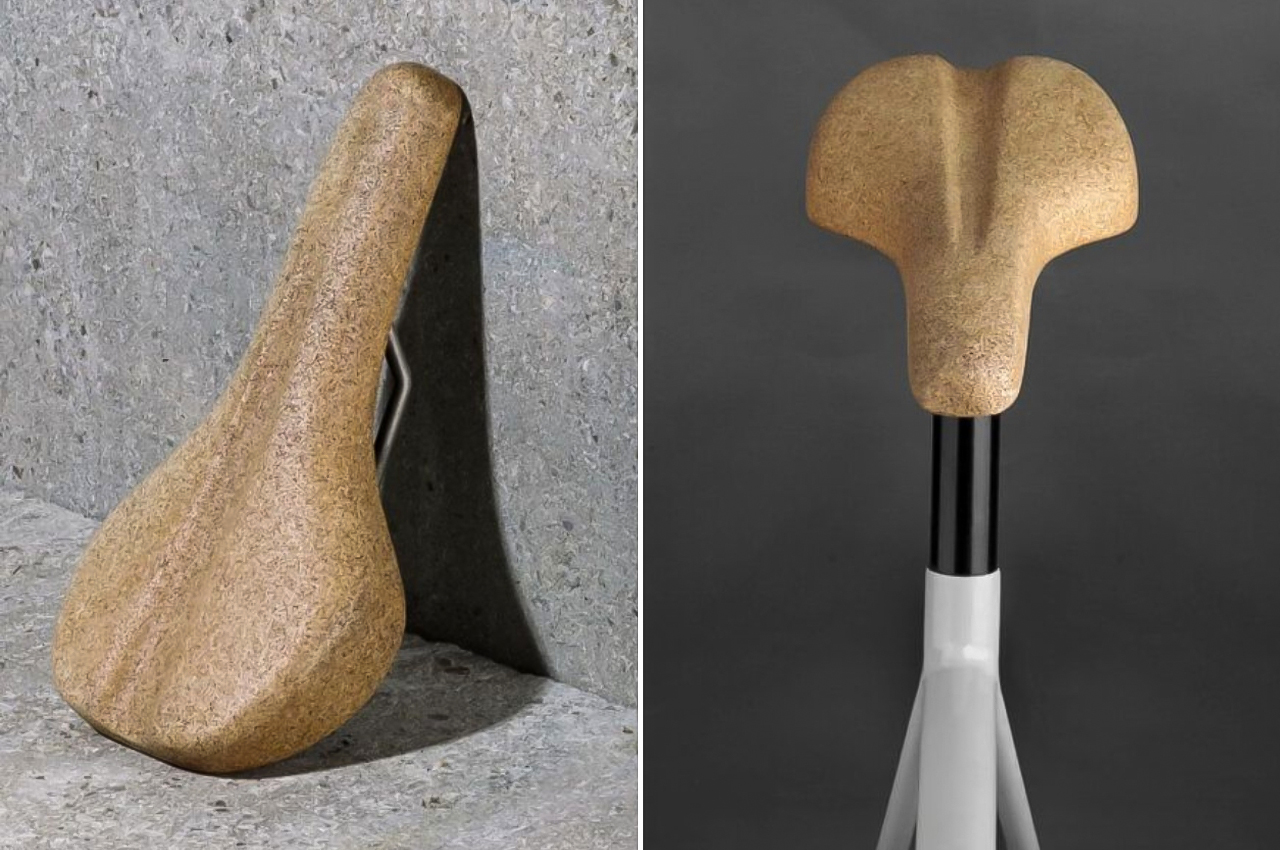
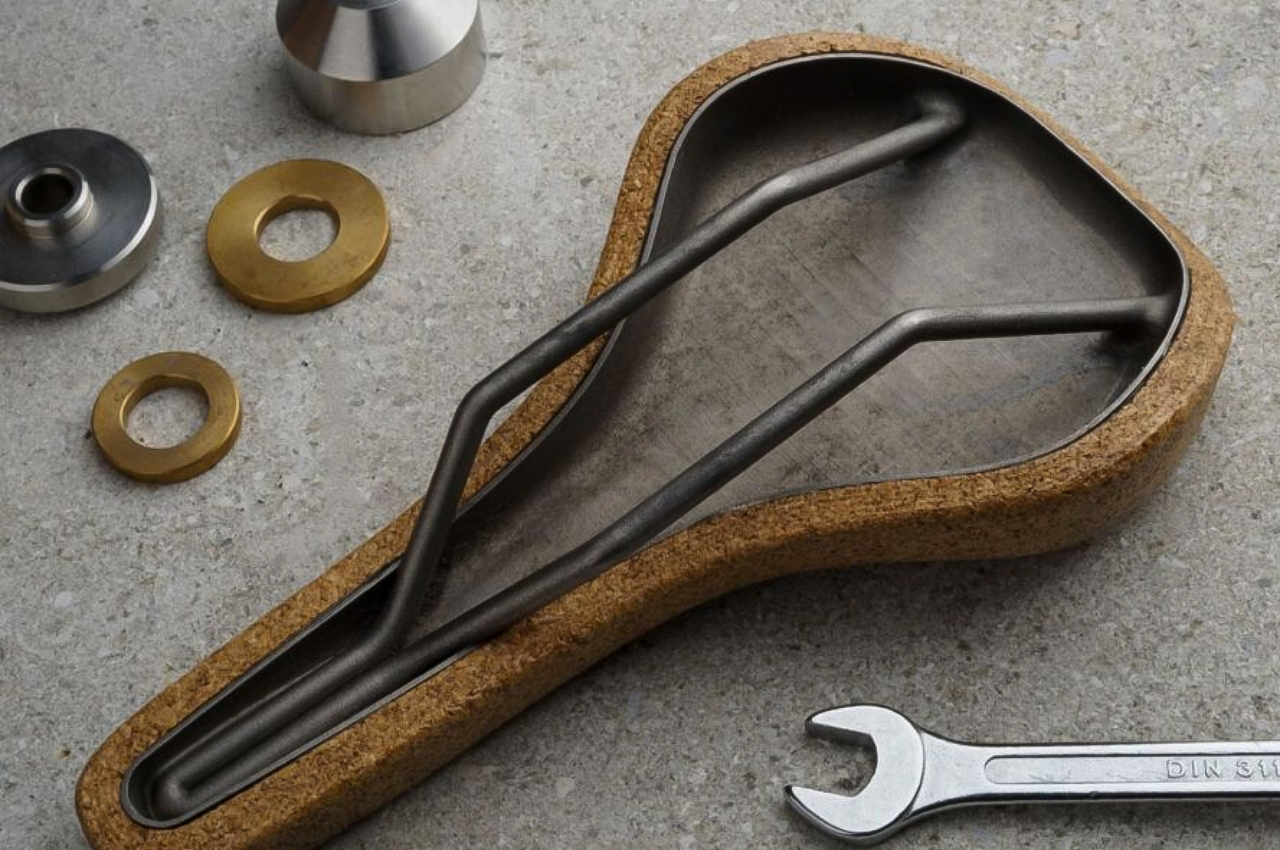
This Scottish brand is one such company that wants to bring more sustainable solutions for the bikes and bike parts that they manufacture. Their first product is called FR-1 Bike Saddle and it is made from cork
Why is it noteworthy?
At first, you would think this is not a sturdy and comfortable material for something that you will be sitting on probably for a long period. But cork is actually pretty durable and lightweight so it should be something that can last a long time and not hurt your tushy that much. It is also water-resistant and can offer better cushioning compared to other materials.
What we like
- Stronger but also more lightweight compared to the more common steel that a lot of bike seats use
- Sustainable + supports historic local cork farming
What we dislike
- It is a bit expensive
5. B-Wise
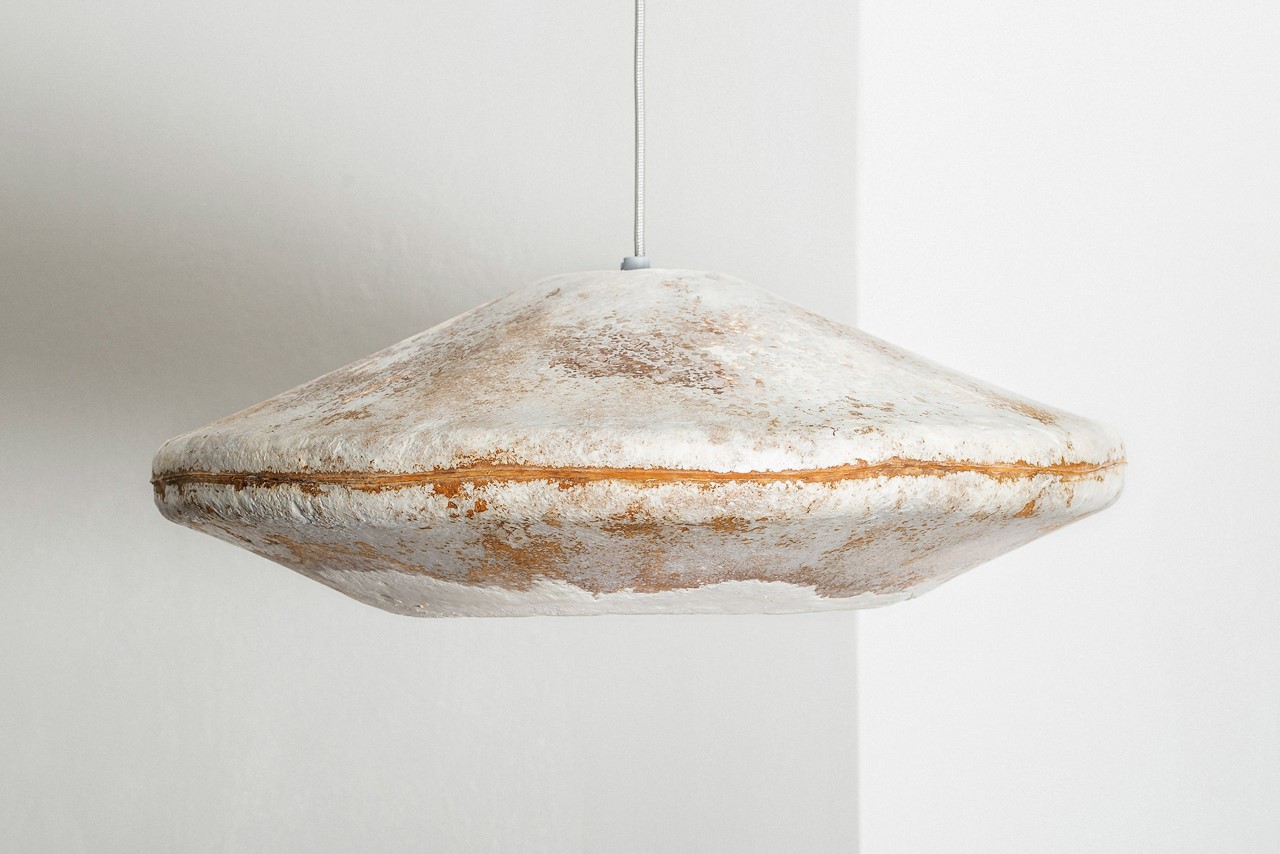
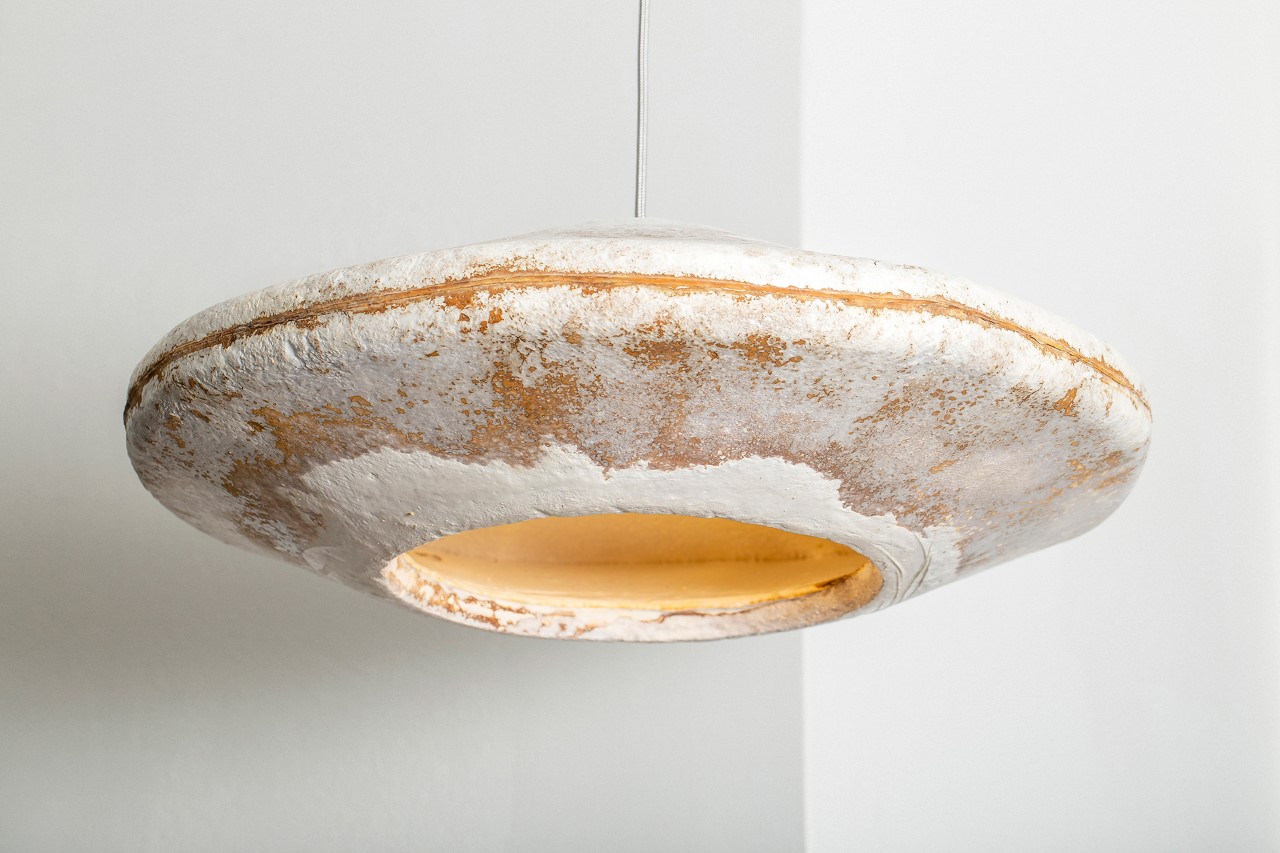
Unveiled this year at the Dutch Design Week, ‘B-Wise’ is a uniquely grungy-looking lampshade that’s actually made from mycelium – the vegetative part of a mushroom or fungus that often grows underneath the surface while we just notice the mushroom caps that make their way through the ground or tree bark.
Why is it noteworthy?
The pendant lamp, which measures an impressive 60cm wide, comes with a grungy appearance that is unique to each lamp. To make each lamp, the designers at Myceen take an empty mold and fill it with mycelium along with waste organic material from the timber and agricultural industry including sawdust and straw for the mycelium to feed on. In a matter of just 5 weeks, the mycelium grows into the shape of the mold and is then de-molded and dehydrated to prevent any further growth.
What we like
- Unique grungy appearance
What we dislike
- No complaints!
6. The Plastic Translation Stool
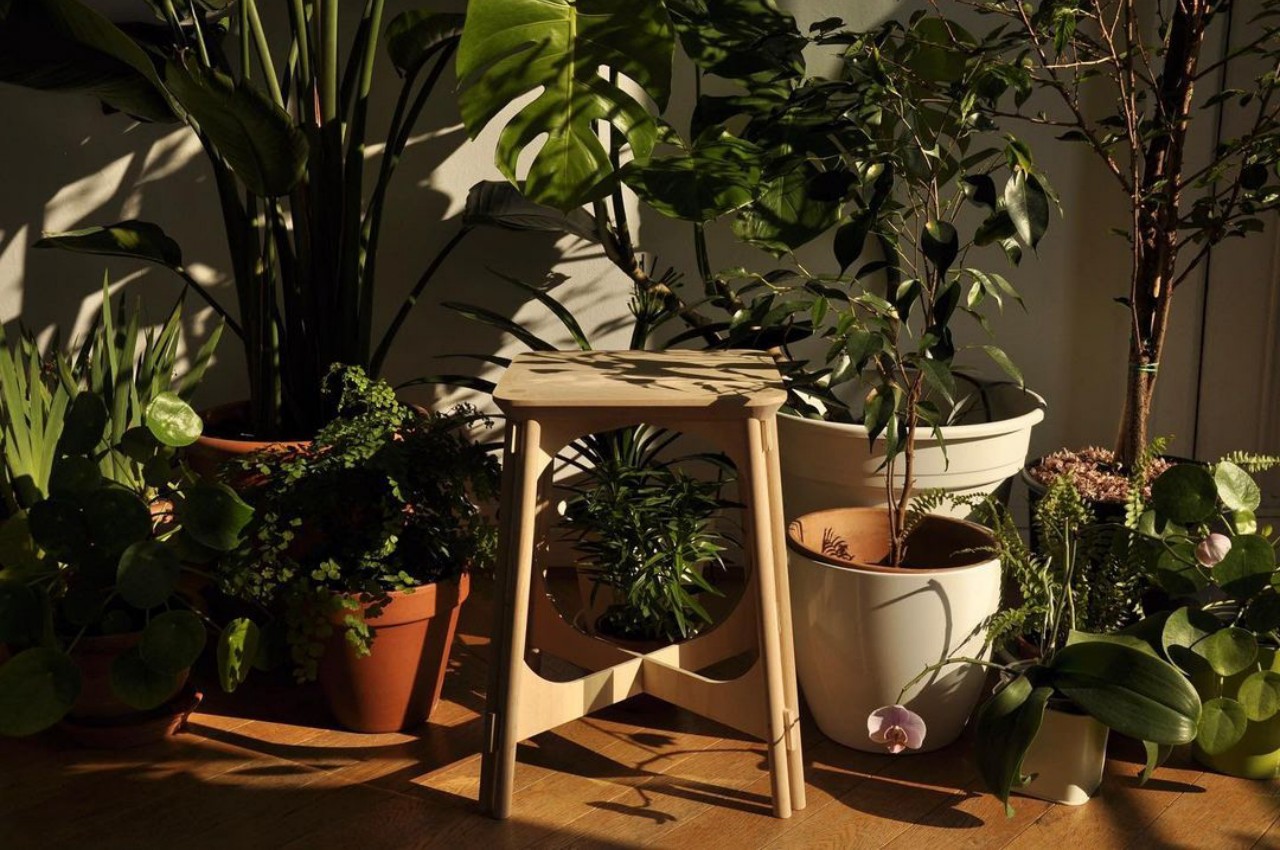
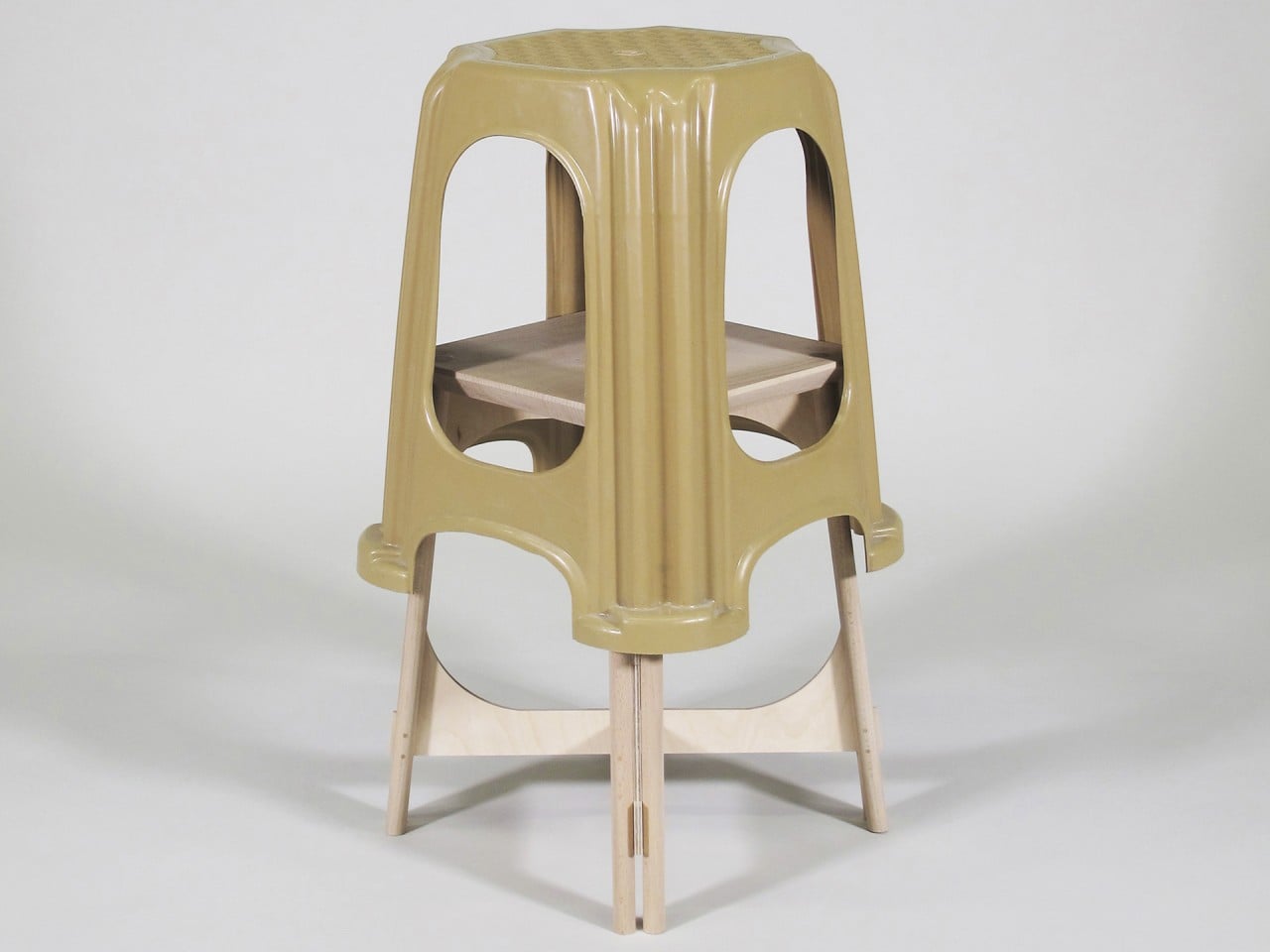
The Plastic Translation Stool design tries to reinterpret the lines of the plastic stool instead, resulting in a form that is somewhat similar yet also unique, giving the wooden stool its own character.
Why is it noteworthy?
Those legs alone, however, won’t be enough to offer the same stability as the plastic counterpart, so an additional element had to be added. Birch plywood buttresses distribute some of the force evenly across the beechwood legs, which, in turn, hold the buttresses together. These interlocking parts provide not only architectural stability but also visual accents to what would otherwise be a plain-looking stool.
What we like
- Doesn’t require screws or nails to be assembled
- A more sustainable option to the plastic stool
What we dislike
- No complaints!
7. Svolta
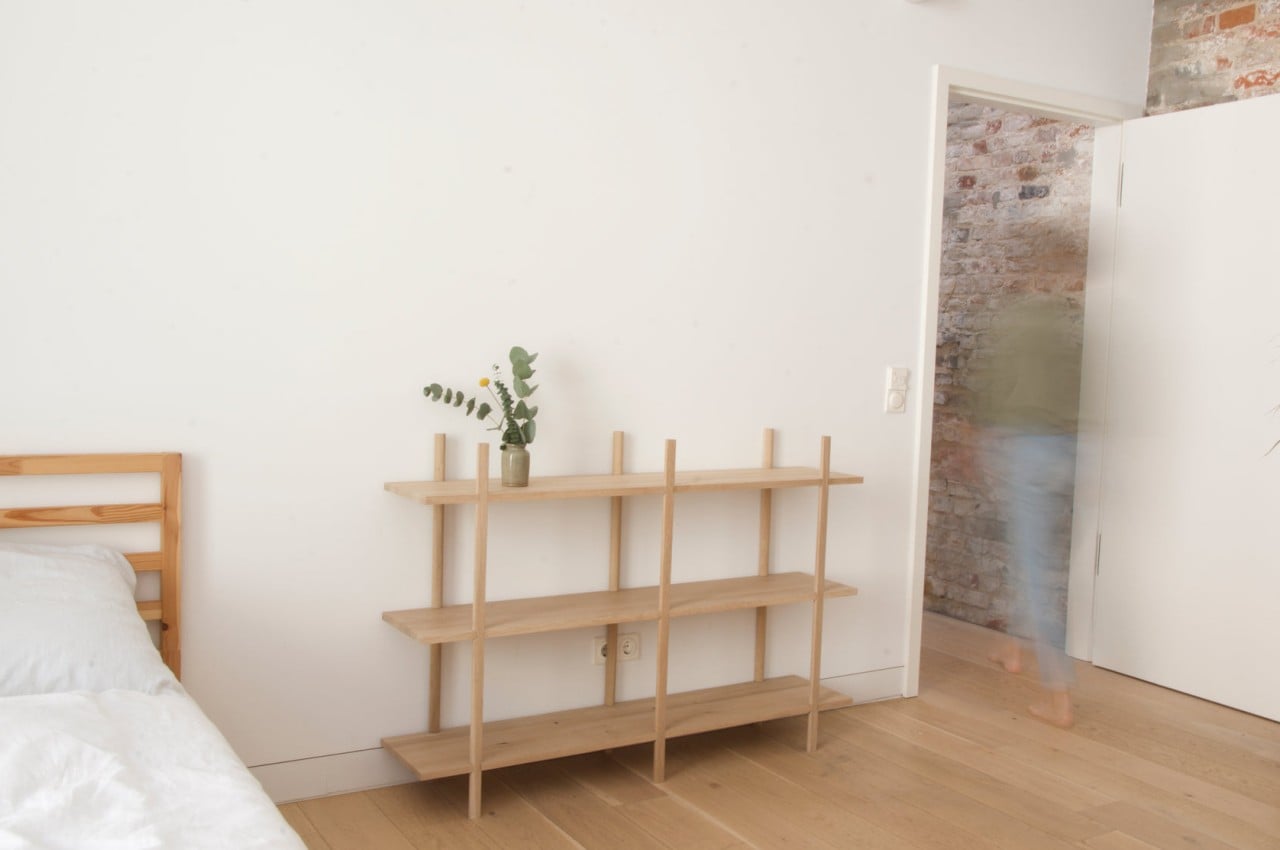
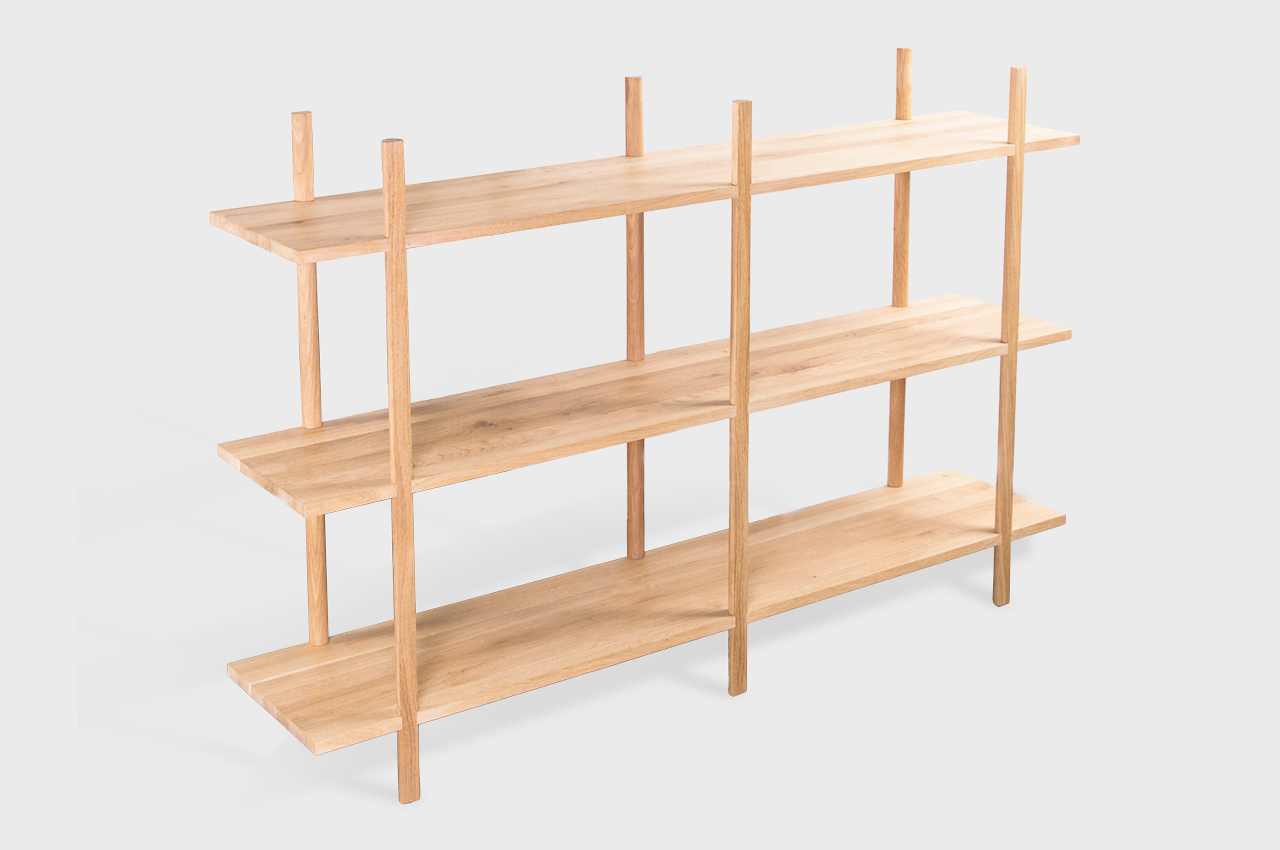
This wooden shelf is so simple through and through to the point that you might even wonder how it is able to hold its parts together. Fortunately, it does work as advertised, creating a flat-packed piece of furniture that is sustainable at every point, from its creation to its transportation and even to its assembly.
Why is it noteworthy?
Inspired by the simplicity of alpine joinery and architecture, this wooden shelf throws out all those conventions to arrive at a connection system that is genius in its simplicity. There are no extra parts or materials that join the shelves and the legs together other than the shelves and legs themselves
What we like
- Uses pieces of wood that have special cutouts that fit into each other tightly
- Can supposedly be assembled by a single person in just two minutes
What we dislike
- There isn’t any kind of adhesive to give you confidence that the shelf won’t just fall apart once you put something heavy
8. Kudarat
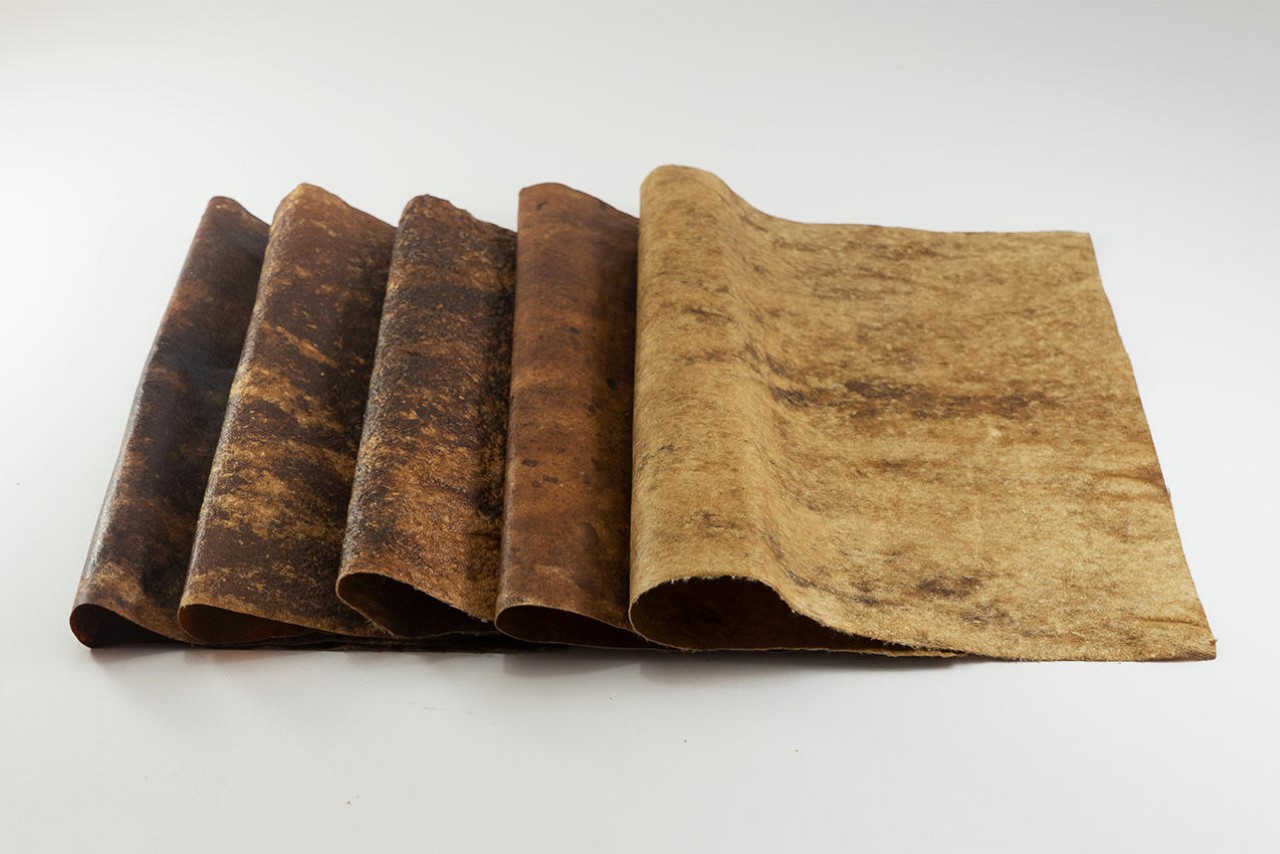
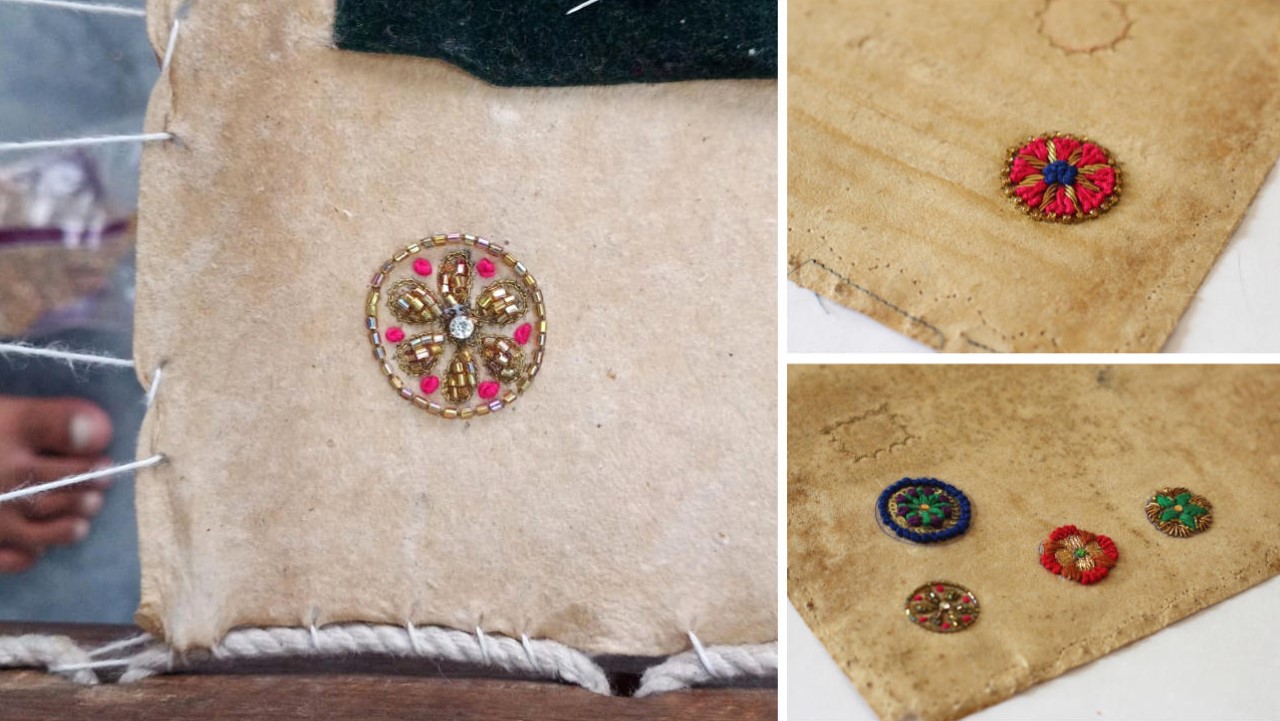
Meet Kudarat, a leather alternative synthesized using algae, food & fiber waste. Created by Divya Verma of the National Institute of Design in India, Kudarat bases itself on the concepts of circularity & sustainability, targeting SDGs (sustainable development goals).
Why is it noteworthy?
Kudarat leather resembles animal leather but is cruelty-free, waterproof, compostable, antimicrobial, and possesses good tensile strength, making it perfect for practical applications. It secured the National Runner-Up position at this year’s James Dyson Awards, narrowly being beaten by a design for a reusable EpiPen.
What we like
- They’re dyed using natural colors derived from food and flower waste
- The leather looks feels and lasts as long as traditional animal-hide
What we dislike
- No complaints!
9. The Third Size


The Third Size is a product concept that utilizes rice straw to create not just the tissue but the boxes they come in as well. As anyone who has lived without a bidet or who suffers from various allergies and sicknesses, tissue paper is among the most used materials. In reality, just a small part of it is used and the rest is discarded. Re-using it comes with so many hygiene and medical issues. Some of them come in disposable boxes so the container is also part of the waste.
Why is it noteworthy?
Using biodegradable and recyclable materials like rice straw can help in limiting wastage. Third Size is a multi-size carton that can hold replaceable tissue packs. The different-sized holes let you choose which size tissue you’ll be needing, whether to blow your nose, wipe off a table, or do your business in the bathroom. The box is sturdy enough to be re-used several times over and can even be used as a container for other stuff if you have no need for tissue paper.
What we like
- Helps in limit wastage
- The box is sturdy enough to be re-used several times over
What we dislike
- No complaints!
10. The Vine Collection
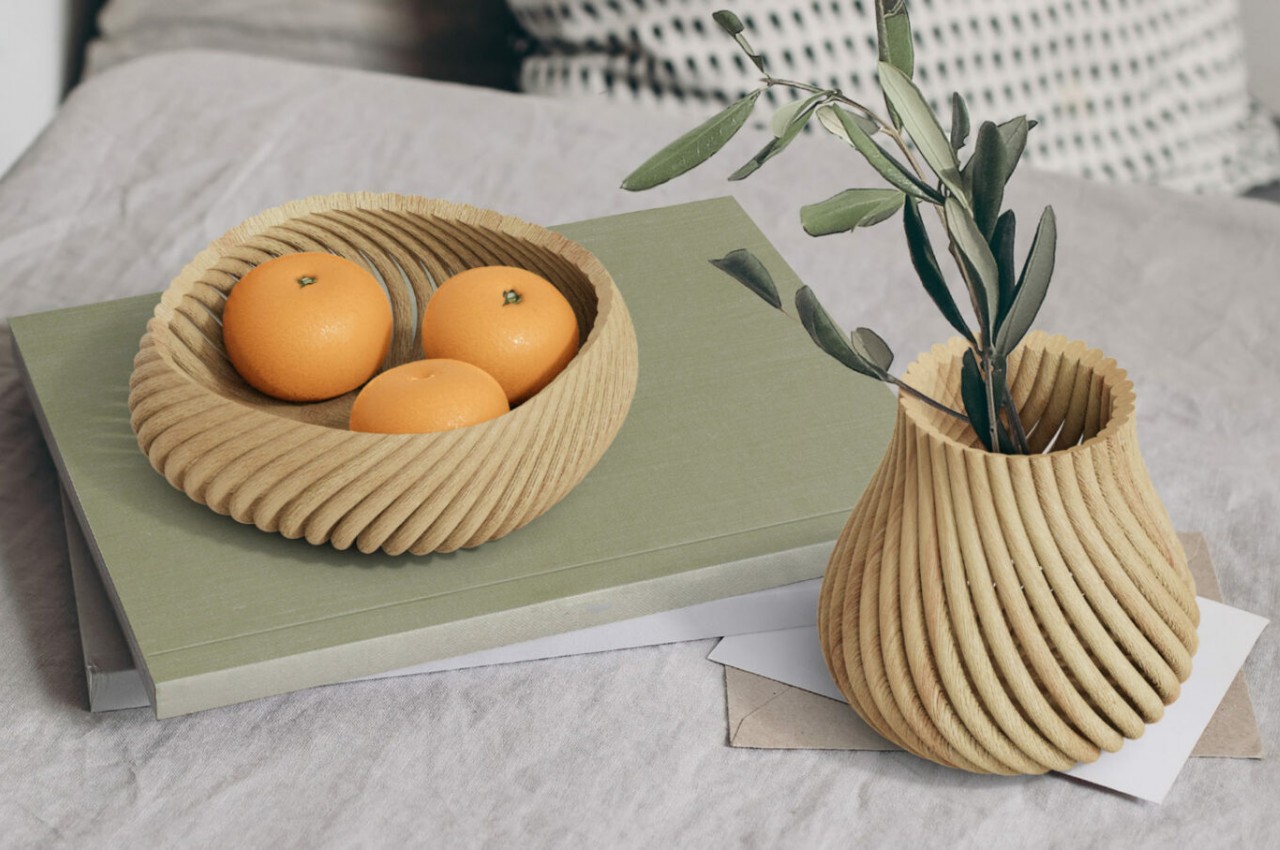

The Vine collection includes a vase-like vessel, a dish tray, a basket, and a bowl that look like a series of wooden rods twisted to create pleasing curves and shapes. No adhesives or extra connecting parts were used to finish their forms, ensuring that the products were sustainable and recyclable from start to finish.
Why is it noteworthy?
The twisting shapes are a testament to the capabilities of Forust’s 3D printer, but they also serve as metaphors for the organic nature of trees that eventually end up as source materials for these products.
What we like
- The technology does actually support recreating the appearance of different wood grains, including those from endangered trees
What we dislike
- No complaints!



